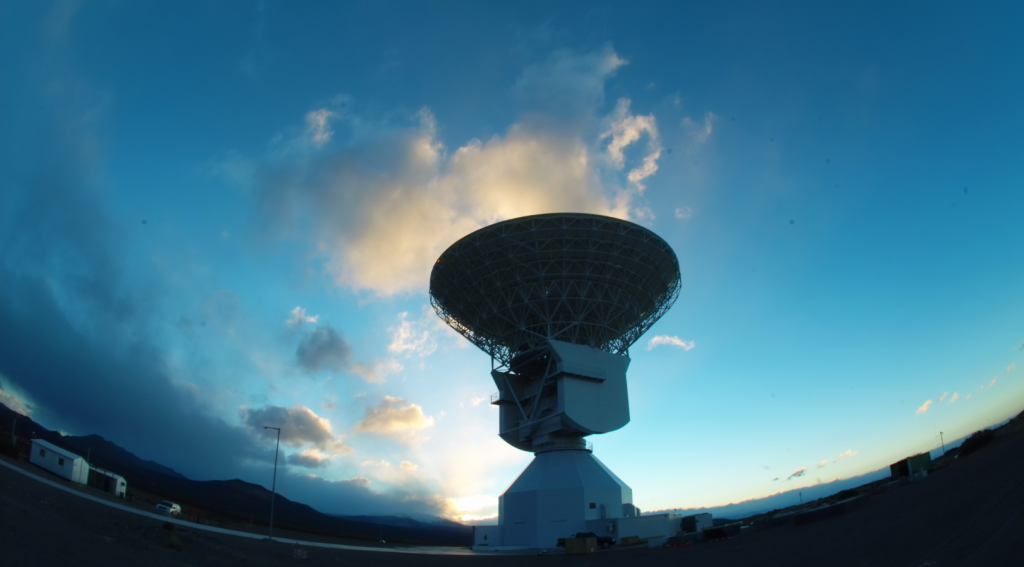Rosetta deputy flight director Elsa Montagnon in ESOC’s Main Control Room just announced: We acquired signals from Philae just a few minutes ago, but then lost contact again.
This has happened in two of the three previous communication passes with Philae, when initial contact was lost and then regained several times. It has taken up to an hour to establish a stable telecom link to the surface, so this is ‘normal’ behaviour.
The mission control team continues watching closely.

One of the world’s most sophisticated satellite tracking stations was inaugurated in Malargüe, Argentina, 1000 km west of Buenos Aires, in December 2012. Credit: ESA









Discussion: 8 comments
Thanks, Daniel, very good first sign !
We await with bated breath once again.
Saw your tweet: Science data and telemetry flowing !
I know that you have to wait for how many and what,data you get now, but again: Absolutely exciting this mission. Full of interesting moments.
Not sure wether it’s an idea for the future: But I’d now like to see the relevant teams on live cams and microphones and listen to what’s going on! Not an action movie but real behavior and comments …
I hate to say this but there seems to be a very concerted effort to massage all information that is being released by ESA. You would never see this sort of thing from NASA
Well done, to the entire ESA team! Today, for at least a little while, we were all united as one. Such is the magnetic power of science.
Why wasn’t Rosetta placed in a geosynchronous orbit above Philae’s intended landing site? Wouldn’t that have allowed for uninterrupted contact. Too large dV costs? Unkown gravitational properties of the comet for a stable orbit? Other complexities i can’t imagine?
P.S. Philae is my Moonlanding. I’ve never seen anything more awesome and inspiring in my life!!
Guys and Gals, amazing work! When you look at what you have done, how can anyone think war is the answer to progress! This is real and moves our civilisation forward, here’s to ESA!
Patience. It is a small team and ten years to get there. NASA could actually take a lesson in non boring marketing from ESA and Rosetta/Philae team as well, just look at NASA TV. Zzzzzzzzzzzzz. But I really applaud both, as an American native of Florida’s Space coast. Kudos to ESA!